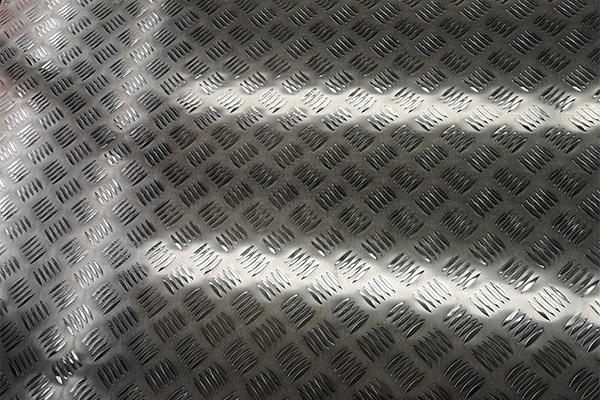Aluminium checker plate thickness
December 4, 2019
Recently some customers asked about questions of aluminium checker plate thickness. Some found that the plates they bought are too thick to be installed perfectly in given areas.
In fact, aluminium checker plate are divided by surface pattern types. Generally, there are large five-bar aluminum plates, small five bar aluminum plates, diamond aluminum checker plates and lenticular pattern aluminum plates. The thickness of all these plates can be obtained by a math formula: the thickness of the bottom substrate + the surface pattern thickness = total thickness. But sometimes suppliers do not include pattern thickness in their specification list, since patterns are only ornaments sometimes. And there is an industrial rule that the thickness of surface patterns should not be less than 0.2 times of that of base plates. For example, if a base plate is 3mm, then its pattern should be at least 0.6mm thick or more.

The base plate of a 3mm large five bar aluminium checker plate is usually around 2.7mm thick, and its five-bar pattern 0.5mm to 0.7mm thick. Therefore, the total thickness of such a five bar plate ranges between 3.23mm and 3.3mm.
Measurement Methods of Aluminium Checker Plate Thickness
A. Measure the base plate section with a ruler;
B. Measure repeatedly different sections of a plate
C. Do math to obtain the average number, which turns out to be the thickness of the aluminium checker plate.
An aluminium checker plate is embossed on the surface of the aluminum plate by mechanical equipment, so that the surface of the aluminum plate and the aluminum plate appears embossed. It is used for decoration of the bottom of ships and cars, bus steps, bathroom floors, etc. The patterned aluminum plate is beautiful, light, and non-slip , Good preservative effect and other advantages.


 Nydia
Nydia
 Sales Manager
Sales Manager